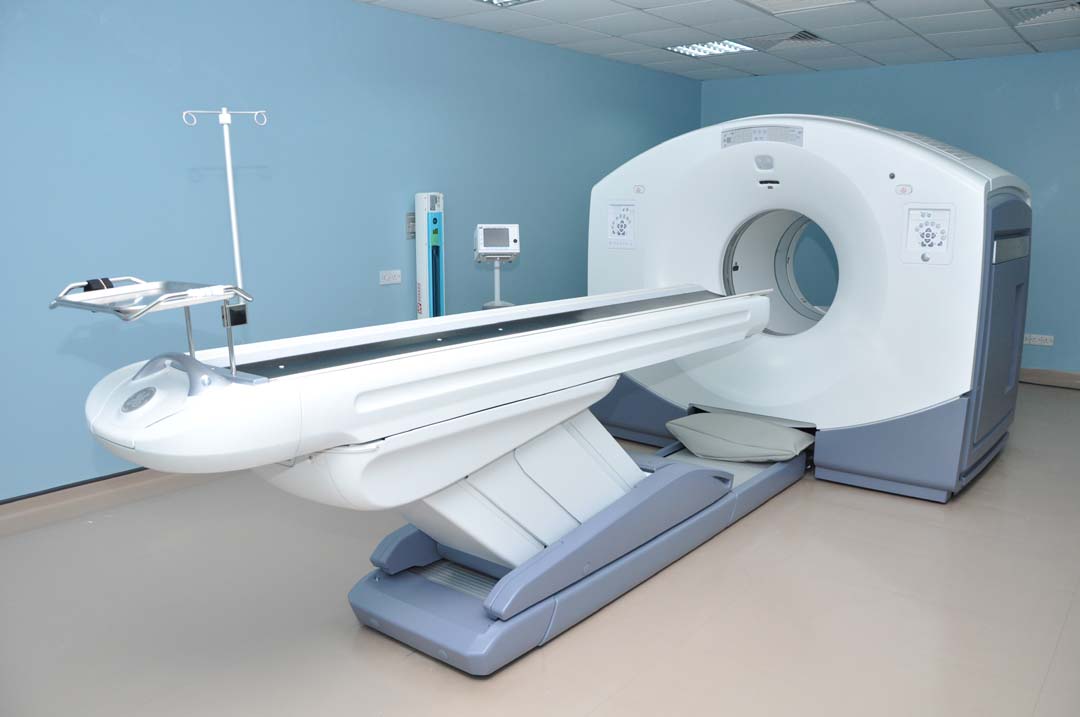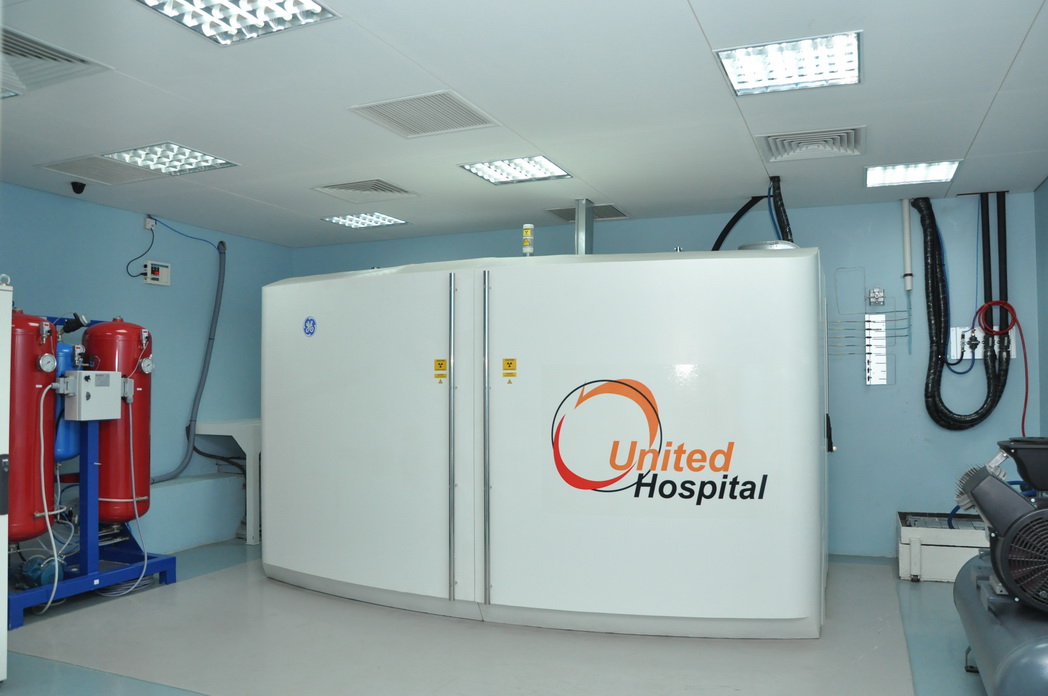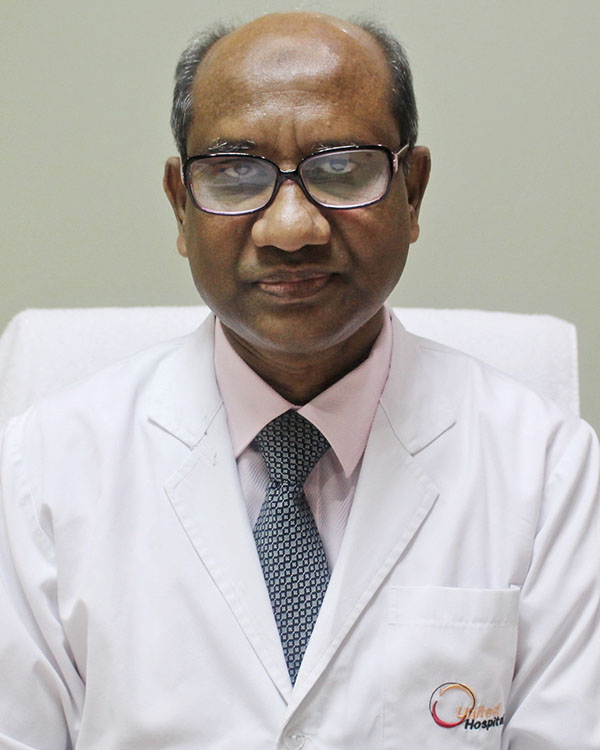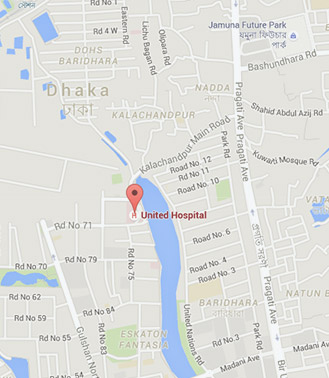United Hospital started the first PET-CT of Bangladesh. PET (positron emission tomography) and CT (computed tomography) are both important diagnostic tools that physicians use to pinpoint disease states in the body for higher management.
PET is a nuclear medicine and functional imaging technique that produces a three-dimensional image of functional processes in the body. The PET scan demonstrates the biological function of the body's tissues while the CT scan provides information about the body's anatomy such as size, shape, and location. By combining these two technologies, physicians can more accurately diagnose and monitor diseases such as cancer, heart diseases and certain brain disorders.
ONCOLOGY (Cancer) is the most important application of PET/CT and provides vital diagnostic information that can alter the course of cancer treatment and sometimes help in avoiding unwarranted surgery. PET can help provide critical information about whether a tumor is malignant or not, the extent of cancer, whether it has spread to other organs, monitoring of cancer recurrences and monitoring the effectiveness of treatment therapy.
CARDIOLOGY (Heart) - PET provides high level accuracy in assessing myocardial viability and perfusion.
NEUROLOGY (Brain) - PET provides highly accurate information to localize areas of the brain which cause epileptic seizures and determines if surgery is an option.

PET-CT






